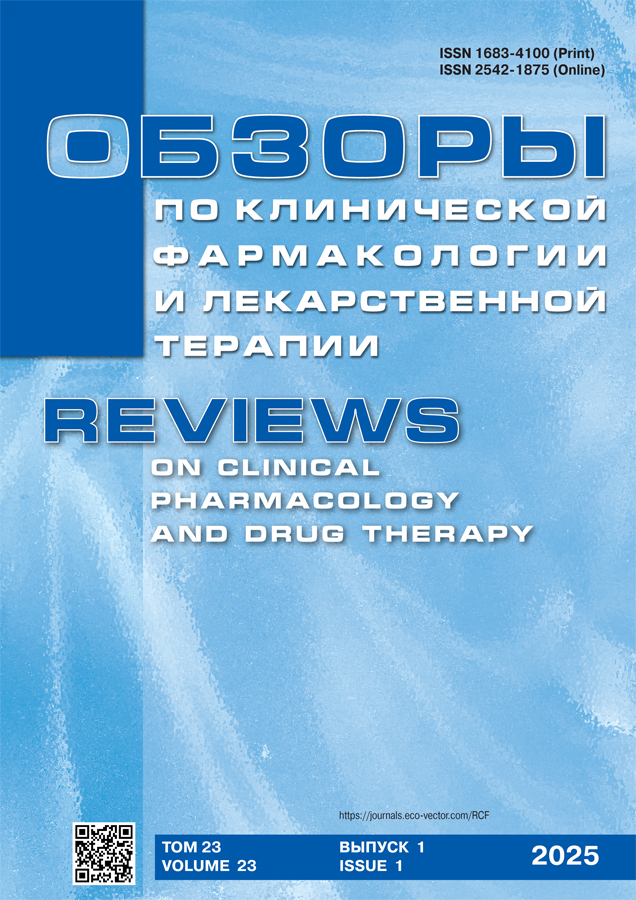Oryctolagus Cuniculus model for fetal growth restriction and extrapolation of primary outcomes to modern obstetrics
- Authors: Blazhenko A.A.1, Pachulia O.V.1, Bespalova O.N.1, Kogan I.Y.1
-
Affiliations:
- The Research Institute of Obstetrics, Gynecology and Reproductology named after D.O. Ott
- Issue: Vol 23, No 1 (2025)
- Pages: 71-78
- Section: Original study articles
- Submitted: 07.11.2024
- Accepted: 28.11.2024
- Published: 20.04.2025
- URL: https://journals.eco-vector.com/RCF/article/view/641695
- DOI: https://doi.org/10.17816/RCF641695
- EDN: https://elibrary.ru/YGIDJO
- ID: 641695
Cite item
Abstract
Background: As reported by the World Health Organization, fetal growth restriction occurs in approximately 10% of pregnancies. However, the underlying pathogenic mechanisms and associated outcomes have not been thoroughly investigated.
Aim: To develop an optimal Oryctolagus cuniculus model for fetal growth restriction and to establish a methodology for its application.
Methods: The early fetal growth restriction was modeled by the uterine artery ligation prior to the onset of O. cuniculus pregnancy. The model of late fetal growth restriction was induced by the artery ligation on the 25th day of gestation. The fetoplacental unit was obtained on the 30th day of gestation through a cesarean section of O. cuniculus.
Results: In the group of late fetal growth restriction, there was a significant decrease in fetal and placental weights compared to the control group (p <0.05). However, no significant differences in these parameters were observed between the model of early fetal growth restriction and control animals (p >0.05).
Conclusion: This study has demonstrated two different models of fetal growth restriction. The findings of this study suggest that the approach of late fetal growth restriction, which involves the uterine artery ligation on the 25th day of gestation, is a more viable and promising option for further exploration and implementation into the scope of experimental obstetrics.
Full Text
About the authors
Aleksandra A. Blazhenko
The Research Institute of Obstetrics, Gynecology and Reproductology named after D.O. Ott
Author for correspondence.
Email: alexandrablazhenko@gmail.com
ORCID iD: 0000-0002-8079-0991
SPIN-code: 8762-3604
MD, Cand. Sci. (Medicine)
Russian Federation, Saint PetersburgOlga V. Pachulia
The Research Institute of Obstetrics, Gynecology and Reproductology named after D.O. Ott
Email: for.olga.kosyakova@gmail.com
ORCID iD: 0000-0003-4116-0222
SPIN-code: 1204-3160
MD, Cand. Sci. (Medicine)
Russian Federation, Saint PetersburgOlesya N. Bespalova
The Research Institute of Obstetrics, Gynecology and Reproductology named after D.O. Ott
Email: shiggerra@mail.ru
ORCID iD: 0000-0002-6542-5953
SPIN-code: 4732-8089
MD, Dr. Sci. (Medicine)
Russian Federation, Saint PetersburgIgor Yu. Kogan
The Research Institute of Obstetrics, Gynecology and Reproductology named after D.O. Ott
Email: ikogan@mail.ru
ORCID iD: 0000-0002-7351-6900
SPIN-code: 6572-6450
MD, Dr. Sci. (Medicine), Professor, Corresponding Member of the Russian Academy of Sciences
Russian Federation, Saint PetersburgReferences
- Swanson AM, David AL. Animal models of fetal growth restriction: considerations for translational medicine. Placenta. 2015;36(6): 623–630. doi: 10.1016/j.placenta.2015.03.003
- Liu JL, Zhao M, Peng Y, Fu YS. Identification of gene expression changes in rabbit uterus during embryo implantation. Genomics. 2016;107(5):216–221. doi: 10.1016/j.ygeno.2016.03.005
- Griffith OW, Chavan AR, Protopapas S, et al. Embryo implantation evolved from an ancestral inflammatory attachment reaction. Proc Natl Acad Sci USA. 2017;114(32):E6566–E6575. doi: 10.1073/pnas.1701129114
- Christie GA. Histochemistry of implantation in the rabbit. Histochemie. 1967;9(1):13–29. doi: 10.1007/BF00281804
- Gray CA, Bartol FF, Tarleton BJ, et al. Developmental biology of uterine glands. Biol Reprod. 2001;65(5):1311–1323. doi: 10.1095/biolreprod65.5.1311
- Kraus AL, Weisbroth SH, Flatt RE, Brewer N. Biology and diseases of rabbits. In: Laboratory Animal Medicine. Fox JG, Cohen BJ, Loew FM, editors. Academic Press; Orlando, Florida; 1984:207–240. doi: 10.1016/B978-0-12-263620-2.50014-8
- Fischer B, Chavatte-Palmer P, Viebahn C, et al. Rabbit as a reproductive model for human health. Reproduction. 2012;144(1):1–10. doi: 10.1530/REP-12-0091
- Mossman HW. The rabbit placenta and the problem of placental transmission. Am J Anat. 1926;37(3):433–497. doi: 10.1002/aja.1000370303
- Samuel CA, Jack PMB, Nathanielsz PW. Ultrastructural studies of the rabbit placenta in the last third of gestation. J Reprod Fertil. 1975;45(1):9–14. doi: 10.1530/jrf.0.0450009
- Enders AC. A comparative study of the fine structure of the trophoblast in several hemochorial placentas. Am J Anat. 1965;116:29–67. doi: 10.1002/aja.1001160103
- Furukawa S, Kuroda Y, Sugiyama A. A comparison of the histological structure of the placenta in experimental animals. J Toxicol Pathol. 2014;27(1):11–18. doi: 10.1293/tox.2013-0060
- McArdle AM, Denton KM, Maduwegedera D, et al. Ontogeny of placental structural development and expression of the renin-angiotensin system and 11β-HSD2 genes in the rabbit. Placenta. 2009;30(7): 590–598. doi: 10.1016/j.placenta.2009.04.006 EDN: LXRVHF
- McArdle AM, Maduwegedera D, Moritz K, et al. Chronic maternal hypertension affects placental gene expression and differentiation in rabbits. Journal of Hypertension. 2010;28(5):959–968. doi: 10.1097/hjh.0b013e3283369f1e EDN: LQYVSY







